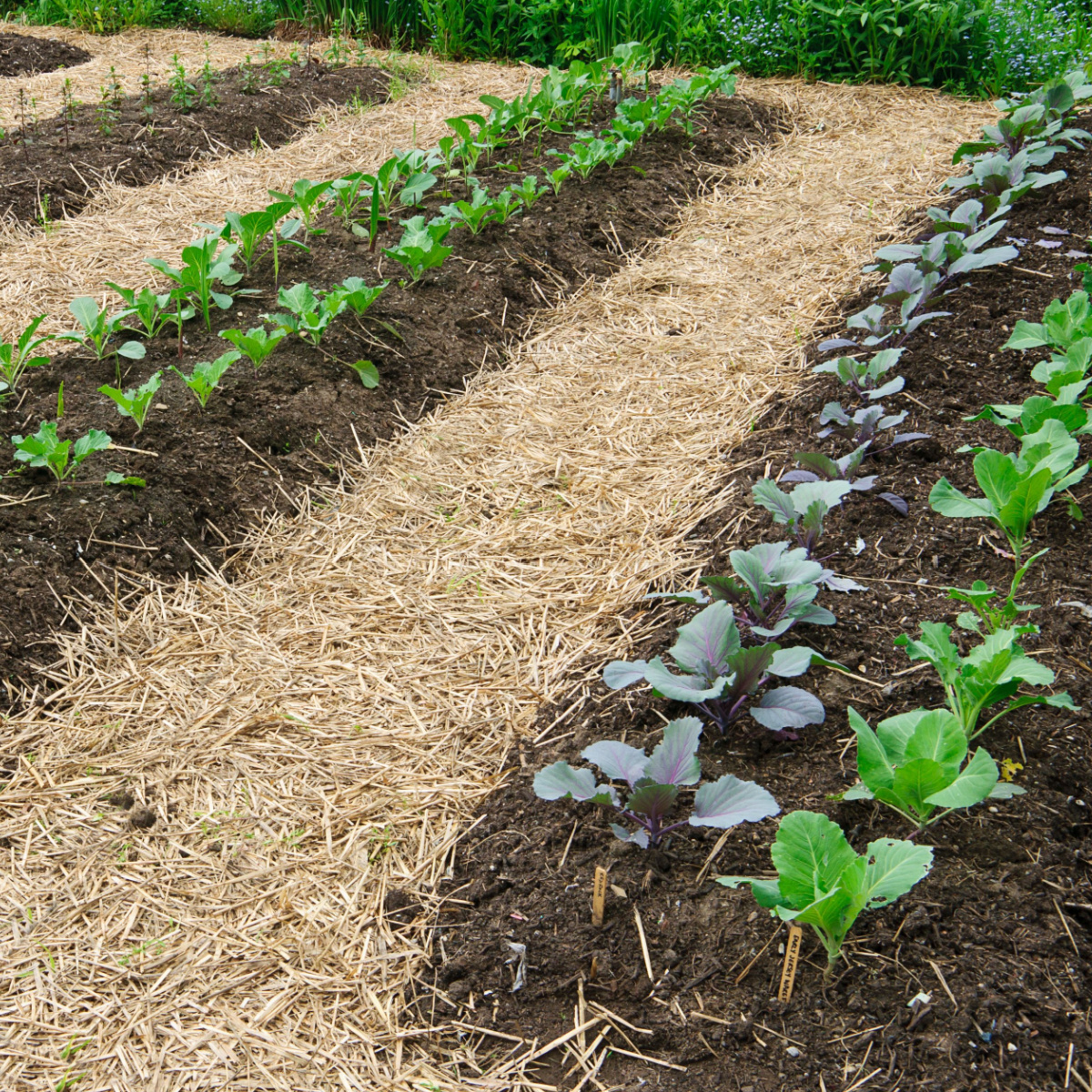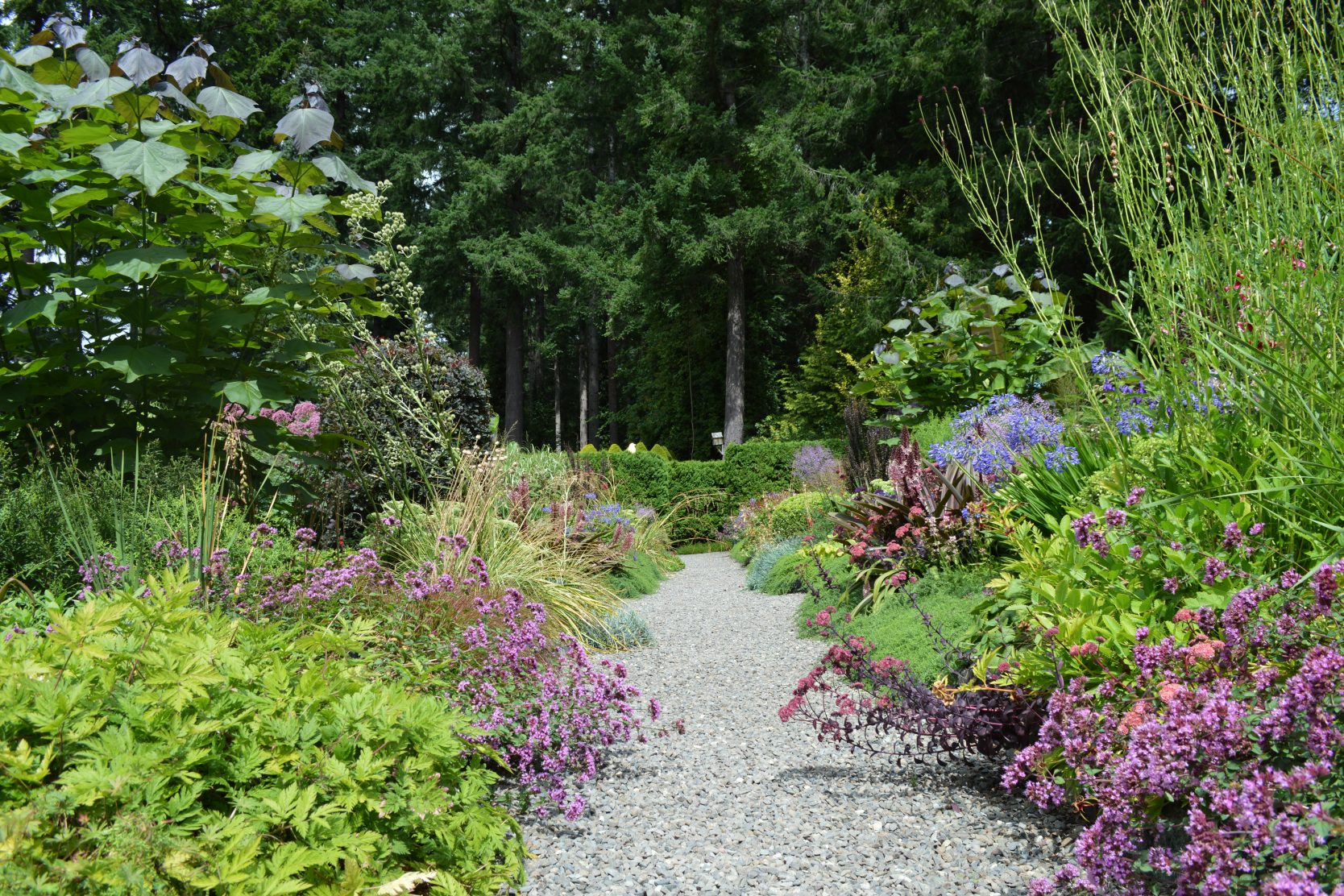Master No-Dig Gardening: Start Today!

Imagine stepping into your garden, the sun warming your face, and the scent of fresh earth filling your nostrils. Now, picture doing all this without the back-breaking work of tilling the soil. Welcome to the world of no-dig gardening, a revolutionary method that turns traditional gardening on its head. If you're ready to dive into a more sustainable and less labor-intensive way of growing your own food, then keep reading. We'll guide you through how to start a no-dig gardening system, from the basics of no till gardening to the intricacies of layered gardening and sheet composting. Let's get started!
What is No-Dig Gardening?
No-dig gardening, also known as no till gardening, is a method of cultivating plants without disturbing the soil structure. Instead of tilling, you build up layers of organic material, creating a rich, nutrient-dense environment for your plants. This approach not only saves you time and effort but also promotes a healthier ecosystem for your garden.
The Benefits of No-Dig Gardening
Why should you consider no-dig gardening? For starters, it's incredibly beneficial for the soil. By avoiding tilling, you preserve the soil's natural structure, which helps retain moisture and nutrients. This method also encourages beneficial microorganisms and earthworms to thrive, leading to healthier plants.
But the benefits don't stop there. No-dig gardening is also more sustainable. It reduces the need for chemical fertilizers and pesticides, making it an excellent choice for organic gardening enthusiasts. Plus, it's a fantastic way to recycle organic waste through sheet composting, also known as lasagna gardening.
How to Start a No-Dig Gardening System
Ready to get your hands dirty (or not, in this case)? Let's dive into the steps to start your no-dig gardening system.
Step 1: Choose Your Location
The first step is to select the perfect spot for your garden. Look for an area that gets plenty of sunlight and has good drainage. Avoid low-lying areas that might become waterlogged.
Step 2: Prepare the Soil
Instead of tilling, you'll be layering organic materials directly on top of the soil. Start by removing any weeds or grass from the area. You can do this by hand or use a layer of cardboard or newspaper to smother them.
Step 3: Build Your Layers
This is where the magic happens. Layered gardening involves stacking different types of organic materials to create a nutrient-rich bed for your plants. Here's a simple guide to get you started:
- Base Layer: Start with a layer of cardboard or newspaper to suppress weeds and grass.
- Carbon Layer: Add a layer of brown materials like dried leaves, straw, or shredded paper.
- Nitrogen Layer: Follow with a layer of green materials such as grass clippings, kitchen scraps, or manure.
- Compost Layer: Spread a thin layer of finished compost to add extra nutrients.
- Topsoil Layer: Finally, add a layer of topsoil or well-rotted compost to plant your seeds or seedlings.

Step 4: Plant Your Garden
Once your layers are in place, you're ready to plant. Simply make small holes in the top layer and insert your seeds or seedlings. Water them well, and you're on your way to a thriving no-dig garden.
Step 5: Maintain Your Garden
No-dig gardening requires minimal maintenance, but there are a few things to keep in mind. Regularly add more organic material to keep the layers replenished. Water your plants consistently, and keep an eye out for pests and diseases.
Tips for Successful No-Dig Gardening
While no-dig gardening is relatively straightforward, there are a few tips to ensure your success:
- Use High-Quality Materials: The quality of your organic materials can make or break your garden. Opt for well-rotted compost and avoid using materials that may contain pesticides or herbicides.
- Keep It Moist: Ensure your layers stay moist, especially during the initial stages. This helps with decomposition and nutrient release.
- Rotate Your Crops: Just like in traditional gardening, crop rotation helps prevent pests and diseases from taking hold.
- Mulch Regularly: Adding a layer of mulch on top can help retain moisture and suppress weeds.
The Science Behind No-Dig Gardening
No-dig gardening isn't just a trend; it's backed by science. Studies have shown that no till gardening improves soil health by preserving its structure and increasing organic matter. This, in turn, enhances the soil's ability to retain water and nutrients, leading to healthier plants.
For more in-depth information, check out this article on soil health from the USDA.
Common Challenges and Solutions
Like any gardening method, no-dig gardening has its challenges. Here are some common issues and how to tackle them:
- Weed Control: While layering helps suppress weeds, some may still pop up. Regularly pull them by hand or use a layer of mulch to keep them at bay.
- Pest Management: Beneficial insects and birds can help control pests naturally. Avoid using chemical pesticides, as they can harm the beneficial microorganisms in your soil.
- Nutrient Deficiencies: If your plants show signs of nutrient deficiencies, consider adding more compost or organic fertilizers to your layers.

Embrace the No-Dig Lifestyle
No-dig gardening is more than just a method; it's a lifestyle. It encourages you to work with nature rather than against it. By embracing this approach, you're not only growing healthier plants but also contributing to a more sustainable future.
Join the Community
One of the best parts of no-dig gardening is the community. Join local gardening clubs or online forums to share tips, ask questions, and learn from fellow gardeners. Websites like Gardeners.com offer a wealth of resources and community support.
Conclusion
No-dig gardening is a game-changer for anyone looking to grow their own food with less effort and more sustainability. By layering organic materials, you create a rich, nutrient-dense environment that promotes healthy plant growth. Whether you're a seasoned gardener or a beginner, no-dig gardening offers a rewarding and eco-friendly way to cultivate your green thumb.
So, what are you waiting for? Grab your gloves, gather your materials, and start your no-dig gardening journey today. Your garden (and your back) will thank you!
FAQs
What is the best time to start a no-dig garden?
- You can start a no-dig garden at any time of the year, but early spring or fall is ideal. This allows the layers to decompose and settle before planting.
Can I use no-dig gardening for all types of plants?
- Yes, no-dig gardening is suitable for a wide range of plants, including vegetables, fruits, and flowers. Just ensure you choose the right organic materials for your specific plants.
How long does it take for the layers to decompose?
- The decomposition process can take anywhere from a few weeks to several months, depending on the materials used and the climate. Regularly adding more organic material can speed up the process.
Is no-dig gardening suitable for small spaces?
- Absolutely! No-dig gardening is perfect for small spaces, including balconies and patios. You can even create a no-dig garden in containers or raised beds.
What should I do if my no-dig garden isn't thriving?
- If your garden isn't thriving, consider the quality of your organic materials, watering habits, and pest management. Adding more compost or organic fertilizers can also help boost nutrient levels.
0 Response to "Master No-Dig Gardening: Start Today!"
Post a Comment